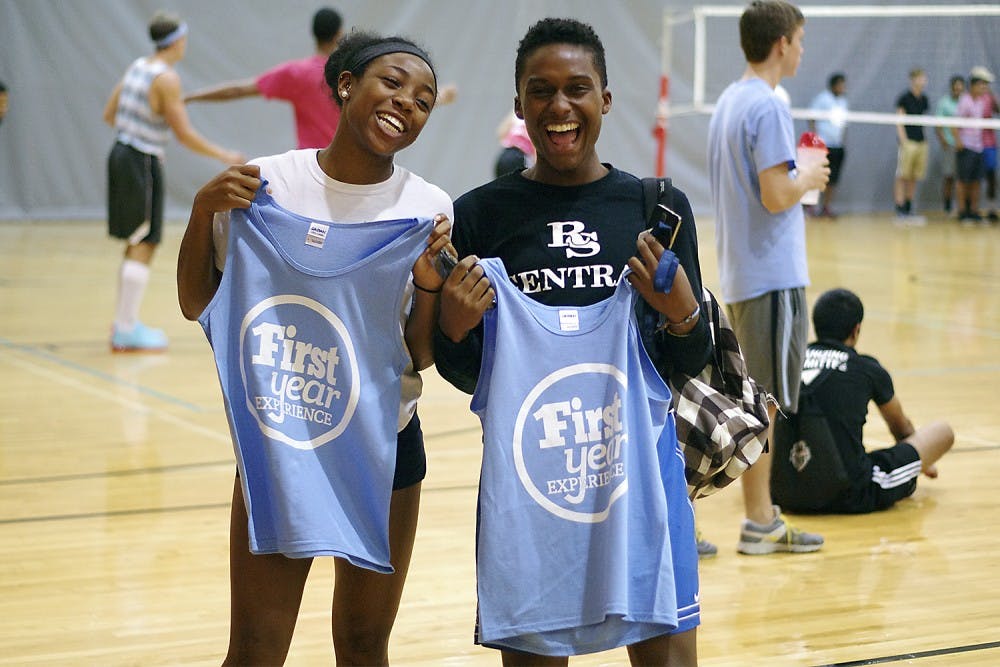Lennon said she went to a mostly white high school that was less diverse than UNC is, but that the University needs to improve.
“I think the college needs that type of diversity,” Lennon said. “I think it’s important to educate everyone.”
Black Student Movement President Trey Mangum said it is important to focus on retention and graduation rates rather than just new enrollment.
“In 2010, the four-year graduation rate for black males was just 49.2 percent,” Mangum said. “Once black males get here, we need to put focus on keeping them here and making sure they graduate appropriately and timely.”
In Monday’s Institutional Diversity and Inclusion Collaborative meeting, administrators reviewed the most recent Diversity Plan Report on enrollment, retention and graduation rates of minority students between 2012 and 2014.
Xiaowen Qin, the director of diversity research, assessment and analytics for Diversity and Multicultural Affairs, said there has been a significant improvement in the six-year graduation rates of male Latino students, which was a percentage point higher than that of white males during the same period.
Though the report didn’t show improvement in enrollment of minority students last year, Qin said she was encouraged by this year’s trend.
Journalism professor Dulcie Straughan said it would be helpful for recruitment and retention for minority students to see more faculty that look like them.
“That’s one of those things that might be good to measure, too,” she said.
Taffye Clayton, chief diversity officer and associate vice chancellor for Diversity and Multicultural Affairs, agreed.
“There’s an interconnectedness of it,” she said.
Carla White, director of recruitment, development and diversity initiatives at Eshelman School of Pharmacy, said the school has several development and recruitment programs that help promote diversity and academic success for minority students.
To get the day's news and headlines in your inbox each morning, sign up for our email newsletters.
“I think that we have a pretty solid infrastructure for achieving diversity and inclusion,” she said.
“Diversity really is about everybody. It really is about being inclusive.”
university@dailytarheel.com




